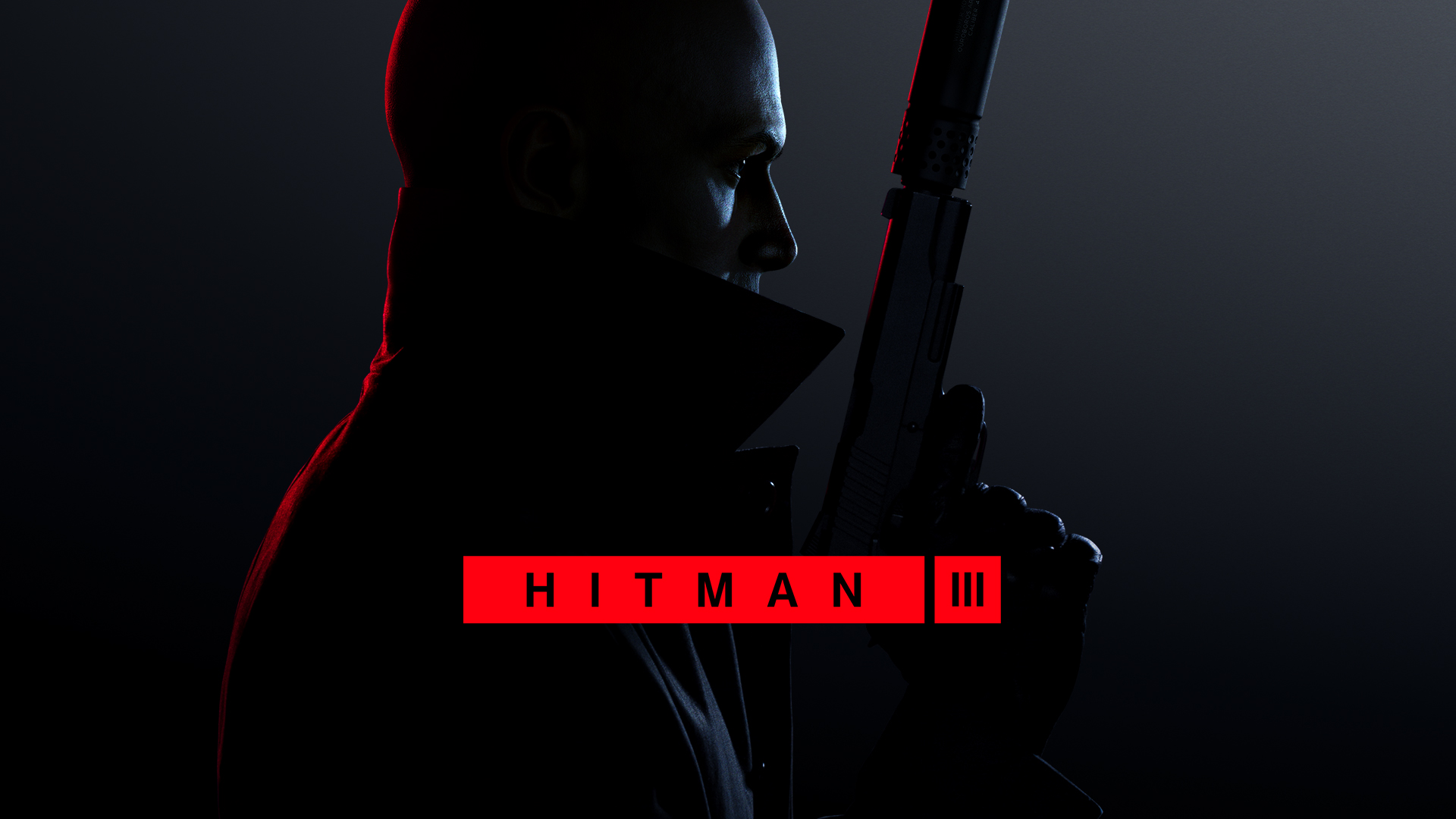Last week, we discussed the first two games of the current Hitman trilogy in broad strokes. This week, we’ll be reviewing Hitman 3, which was released January 20th. This article will contain mild story and level spoilers for Hitman 3.
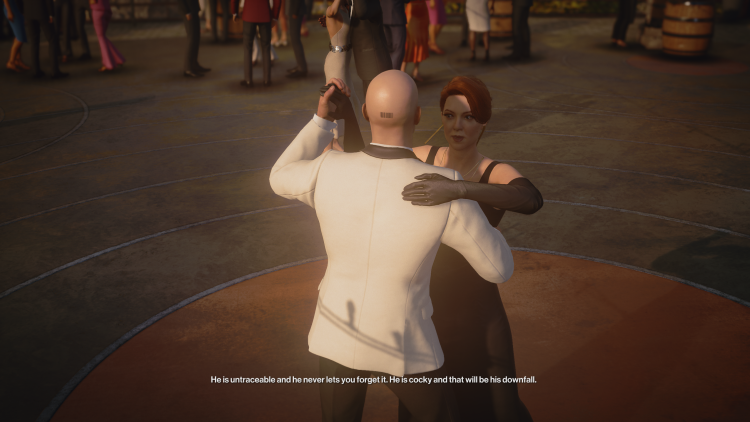
The endgame is finally here. A conclusion to the world of assassination…sort of.
The most important thing to get out of the way first in a Hitman 3 review is the affirmation that this is in fact more of the same in a lot of ways, and that’s precisely what the vast majority of the people purchasing the game are looking for. You could call Hitman 3 a glorified mission pack and not entirely be wrong, but mostly that’s its actual draw: these are the final maps that the people who’ve spent the last four years doing every possible variation on the Hitman sandbox formula are putting out, the masterclass, the pinnacle of their game. And to their credit, there’s not a Colorado among them; outside of perhaps some complaints about Dartmoor’s monomaniacal focus on its gimmick and the final stage being a true gimmick level (which is nothing new in the Hitman franchise), IO Interactive is firing on all cylinders with the levels in Hitman 3.
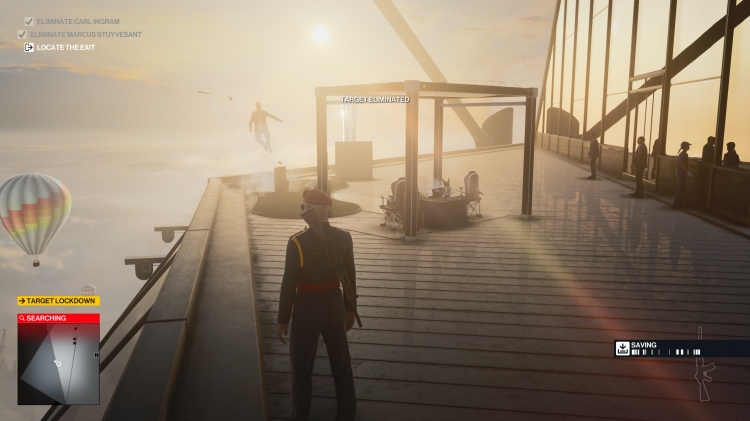
Part of the draw of playing these games at an exceptionally high level is the clockwork nature of their world design; the people in a Hitman level don’t act like people and you don’t really expect them to act like people. They’re automatons that move on set schedules between set places, and while sometimes those schedules are very complex and their triggers are very obscure, everything about the level design is built on the bedrock principle that what happens within it is discoverable, knowable, and predictable. Completing map challenges, such as killing targets specific ways or with specific weapons, or influencing targets (or random people in the level) to do specific things, are built around this knowledge: playing the maps enough gives you a sort of middle-part-of-Groundhog-Day uncanny invulnerability as you know exactly where everyone is going to be on the map at every time and completely clown on whoever you please. Escalations, on the other hand, change up certain parts of the maps in a variety of ways, turning that knowledge of their predictability against you — not everything is different, but enough is to make the experience more challenging.
It might be a draw or a drawback that the maps this time around have so much to do with the game’s story, then. Outside of Dubai and Chongqing, none of the maps are “normal” — Berlin doesn’t have any mission stories or set targets; Dartmoor only has one target and is very heavily invested in its murder mystery mission story to the point that it unbalances the map a bit on replays; Mendoza puts Diana herself on the map and introduces a unique “do not kill” mission objective; the final level takes place on a train with 47 moving from the rear to the front. It has the same number of maps as the previous two games on release, not counting the ICA Facility tutorial in the first game and the two DLC maps released for the second for six per title, but due to the front seat that the plot takes as the game pulls into the home stretch, the maps themselves can feel a bit thin.
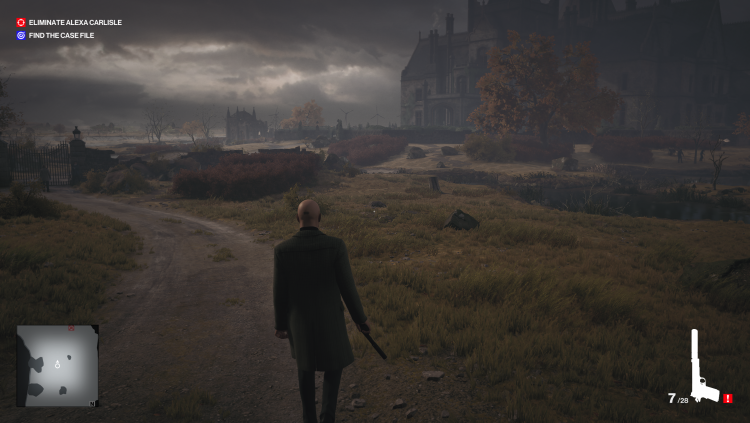
As for the plot — it’s always been nonsensical B-movie globetrotting spy drama, getting a bit more anti-capitalist in its anti-Illuminati posturing as Western culture at large grapples in fits with peoples’ disillusionment with the economic system they live under and capitalism tries to recuperate that by providing market incentives for video games that make money by critiquing it, but since a dark comedy puzzle game about a bald goofball doing funny, pulpy kills from the Final Destination movies isn’t really the time or place to do actual political critique, you’ve got a thinly-held together plot about Diana triple-crossing the guy who was running things at the end of the last game and the ICA falling apart due to some Wikileaks stuff that happens mostly offscreen. The plot’s a vehicle for the missions, and usually that’s fine, but by the end of the game it likely will have intruded a bit too much for some people’s tastes. And a couple of the character resolutions — one in particular after Dartmoor comes to mind — simply feel rushed or anti-climactic. And as you might suspect, the plot leaves the remaining characters in a position where if IO Interactive wanted to put out some epilogue maps, it would be quite easy for them to justify doing so without changing anything about the game’s formula.
Once you’ve gotten through the plot, though, the rest of the game is that same sort of increasing risk factor, challenge-mode gameplay you’ve grown to love from the previous installments. The coin is still an item of absolute power you can use to interrupt any character’s routine at any time; a thrown hammer is still more useful and powerful than a silenced pistol in almost every situation. Levels are still super-dense and you’ll find yourself playing them many times over — even the gimmicky last level, which has surprising complexity if you decide to treat it as a stealth level instead of engaging in the action gameplay it permits and encourages.
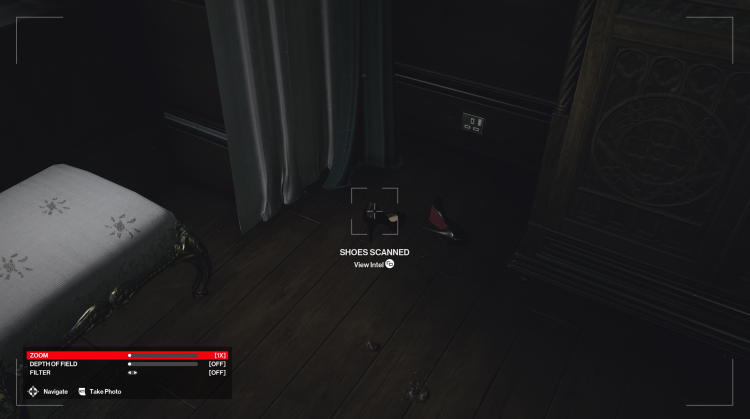
There’s an issue that would usually be saved for the verdict section that we need to talk about in the main body of the review, however. Hitman 3 is an Epic Games Store timed exclusive, meaning it’s only available for purchase from that storefront on PC and will be for the next year. So while players on the Playstation 5 and XBox Series X had a relatively easy time importing their profiles from the previous two games into Hitman 3, which is where all three games in the series with all the maps in them are going to live from now on, those of us on the PC had a couple more hoops to jump through — and for now at least, we have flat-out no access to Hitman 2 levels in Hitman 3 unless we buy the game again through Epic, even if we own it in Steam. Progress is carried over on PC through a third-party IO Interactive account that players have to sign up for, which is nothing new; aggravating thin clients and multiple log-ins have become a fact of life in the PC gaming ecosystem. But at this point, PC gamers have two options: either keep Hitman 2 installed in Steam and Hitman 3 installed in Epic, a combined 200 GB outlay between the two games, and live with the fact that you can’t import any further progress you’ve made in Hitman 2 into Hitman 3 without wiping your progress in the latter game, or buy the missing content in the Epic Games Store and have just one installation of around 100 GB.
IO Interactive says there’s a fix on the way to have Hitman 3 read ownership of the first two games from your Steam account and give you access to the content without buying it again, but one assumes what’s holding that up isn’t the technical side of things, which is negligible, but instead a discussion about who gets paid what for what — because this brings WB Games, who published Hitman 2, and Square Enix, who published Hitman 2016, into the conversation. That sounds like a mess, and who knows when it will be resolved. We’re more ambivalent on the Epic Games Store here than a lot of gamers — letting Steam run the entire PC ecosystem isn’t an a priori good by any means — but this is far more trouble than a lot of people are going to want to go through until it’s all sorted out, and understandably, a number of folks are of the mind that they might as well just wait for it to come out on Steam. Might even have a few more maps by then, too.
Final Verdict:
If you’re really into Hitman games, this is more of that Hitman game-flavored product you love, and it’s worth the $60 on the Epic Games Store and the slight hassles surrounding old content, easy. If this is your first time with these games or the Hitman franchise is a sometimes food…probably best to wait for the Steam release. In addition to the content siloing, there have been scattered problems with remaining connected to the servers, which is particularly irritating in an always-online single player game. That should be cleared up as we leave the launch window, but there are enough question marks here at least on PC that fence-sitters might want to follow the news on the game for a bit longer before committing.
